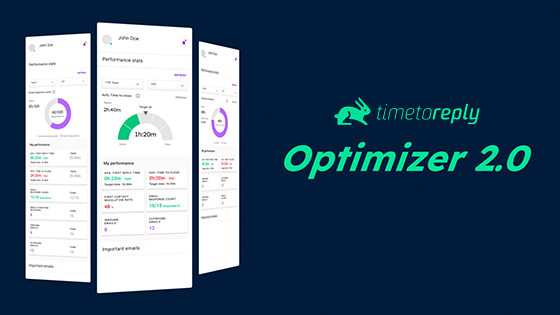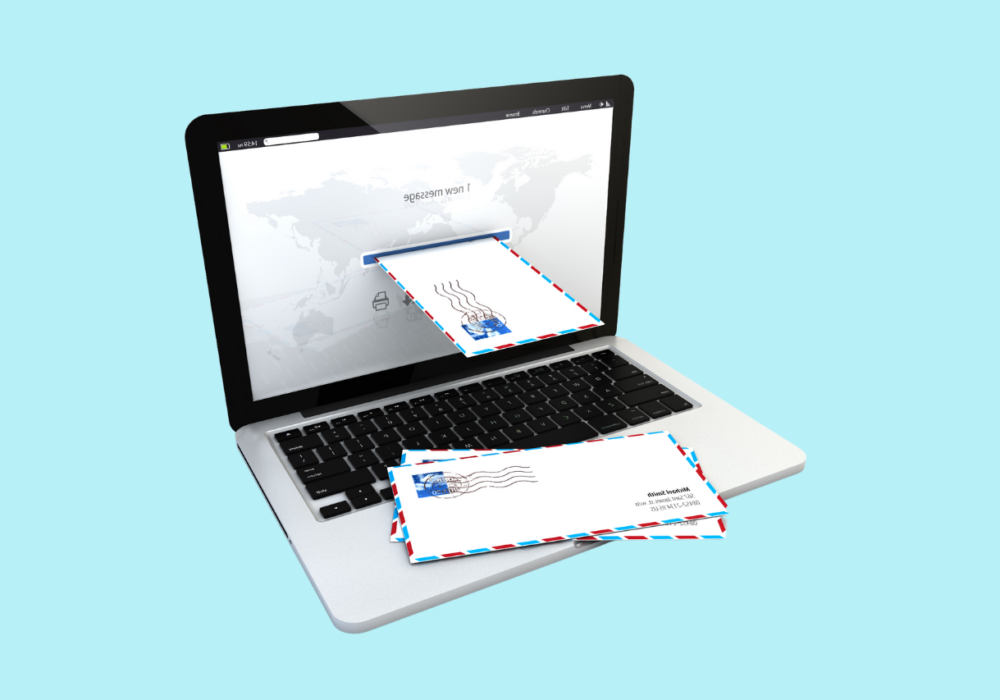Delivering exceptional customer service is vital for organizations striving to thrive in today’s hyper-competitive business landscape. But it can be difficult figuring out the impact and effectiveness of your efforts. And that’s where customer service metrics come into play, offering a concrete framework by which you can assess performance and measure the success of your customer service initiatives.
By monitoring and assessing certain customer service metrics, you can gain valuable insights into customer satisfaction levels and the overall effectiveness of your support team.
This comprehensive guide dives deep into 6 metrics that are crucial to track for evaluating and improving customer service performance. These metrics provide tangible data and actionable information, enabling you to make informed decisions and optimize customer service strategies. Understanding the significance of these metrics and how to interpret them will ensure you can identify areas for improvement, enhance the support experience, and drive customer retention.
Read on to learn how to supercharge your customer service efforts, reduce customer churn, and elevate your business to new heights of success.
Customer service metrics are quantifiable measurements that can be used to evaluate the performance and effectiveness of your customer support teams. They encompass a range of key performance indicators (KPIs) that reflect various aspects of the customer service journey, and tracking them allows you to identify issues and make data-driven decisions to improve services.
Let’s delve into six metrics that provide valuable insights into customer satisfaction, loyalty, and operational efficiency. Each metric is crucial in evaluating and optimizing your customer service strategies.
CSAT measures customer satisfaction based on a specific interaction or their overall experience. It is typically obtained through post-interaction surveys or feedback forms, where customers rate their satisfaction on a scale. CSAT shows just how successful your customer service efforts are in meeting customer expectations.
If you find you have a poor CSAT score, there are several measures you can take to improve matters. For example, you can utilize seven types of customer appreciation emails to foster lasting brand loyalty and stronger customer relationships.
Want to know how loyal your customers are, and if they’d recommend your business to others? NPS is perfect for this. Simply ask customers to rate, on a scale of say 1 to 10, the likelihood of them recommending your brand to a friend or colleague. NPS then classifies respondents as promoters (10 or 9), passives (8 or 7), or detractors (6 to 0), giving you an NPS score that provides a clearer picture of customer advocacy and highlighting areas where you can improve.
Wondering how easy it is for your customers to get things done? CES has the answer! It measures the ease of the customer experience when resolving issues or completing tasks. It quantifies the effort customers have to put in when interacting with your customer service team. The lower the CES score, the smoother and more effortless the experience for your valuable customers.
Keep tabs on your support team’s performance with this metric that tracks the average duration to resolve customer issues or tickets. By monitoring and reducing the time it takes to resolve tickets, you’ll enhance customer satisfaction and boost operational efficiency.
How fast does your support team react? Measure it with this metric that tracks the average time it takes for your first response to your customers. Prompt first replies contribute to a positive customer experience. There are plenty of proven ways to improve customer response time, thereby demonstrating attentiveness and a commitment to timely support.
This metric measures the average time it takes for subsequent replies or follow-up responses to customers. Monitoring and minimizing the average time to reply ensures timely and consistent communication, fostering customer satisfaction and engagement.
Delivering exceptional customer experiences is a top priority for businesses, and incorporating effective strategies can make all the difference. From harnessing the power of customer service metrics to leveraging timetoreply’s advanced customer service email analytics, these tips will help you optimize your approach and leave your customers delighted and satisfied.
This won’t come as a surprise! Take advantage of customer service metrics to gain insights into your performance. Measure metrics like CSAT, NPS, CES and the others we’ve outlined above to understand customer satisfaction and loyalty levels. This data-driven approach allows you to identify areas for improvement, make informed decisions, and take proactive measures to deliver exceptional customer experiences.
Customers appreciate quick responses. Aim to reduce the average time to first reply and average time to reply. Effortlessly demonstrate your commitment to exceptional service by promptly addressing customer inquiries and concerns – you can also save valuable time with ready-to-use customer service email response templates.
Equip your support team with the right training and resources. Encourage active listening, empathy, and problem-solving skills. Foster a positive work culture that values excellent customer service.
Yes, we’ve covered a lot of information. So it’s worth repeating that the six essential metrics to track for customer service success are:
🔘customer satisfaction score (CSAT)
🔘net promoter score (NPS)
🔘customer effort score (CES)
🔘average ticket resolution time
🔘time to first reply
🔘and time to reply
Tracking and analyzing these metrics is essential to understanding and enhancing customer support performance. And you don’t have to stop there. Software solutions like timetoreply can help you take your customer service to new heights and measure the effectiveness of your touchpoints.
With powerful analytics and monitoring tools, timetoreply Success can be your secret weapon, as it enables you to effectively track and optimize your customer service response times. It provides real-time analytics, response time tracking, and team performance insights.
timetoreply has helped businesses slash response times from 7 to 2 hours and skyrocket response rates from 65% to 90%+ within 8 hours of activation. With timetoreply, witness remarkable improvements in your customer service performance and retention, and enjoy a reduction in customer churn.
Ready to revolutionize your customer service? Try timetoreply Success today and unlock the power of data-driven insights, optimized response times, and team performance tracking. With timetoreply, you’ll gain a competitive edge, improve customer satisfaction, and drive business growth. Don’t wait – try our 15-day free trial or request a demo.



Trusted by high-performing inbound sales teams and customer-facing teams globally.
Close more deals and delight more customers with the faster, smarter, deeper email analytics and performance optimization software that works straight from your team’s inbox.